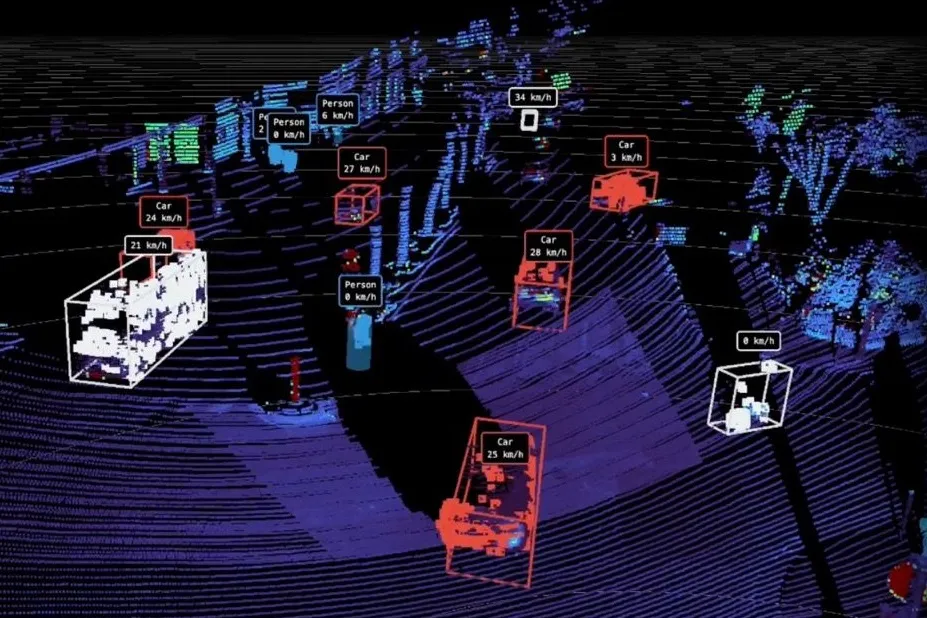An expanded portfolio and increased development over the past few years has prompted Nedap AVI (Automatic Vehicle Identification) to change its name to Nedap Identification Systems.
From specialising in long-range RFID solutions for vehicle and driver identification, the company’s portfolio now includes long-range identification of people in and around buildings, wireless vehicle detection sensors for on-street parking guidance and remote management of vehicle entrance points to restricted city zones.
January 14, 2014
Read time: 2 mins
An expanded portfolio and increased development over the past few years has prompted 3838 Nedap AVI (Automatic Vehicle Identification) to change its name to Nedap Identification Systems.
From specialising in long-range RFID solutions for vehicle and driver identification, the company’s portfolio now includes long-range identification of people in and around buildings, wireless vehicle detection sensors for on-street parking guidance and remote management of vehicle entrance points to restricted city zones.
The company has also formed a new division, Nedap Mobility Solutions, which it says will bring together all its Smart city mobility solutions, including its Sensit wireless vehicle detection and vehicle access aontrol systems.
Ruben Wegman, CEO of Nedap says: “In the past few years, the product portfolio of Nedap Identification Systems has expanded rapidly. The group has been able to bring new relevant technologies to the industries of security, traffic and parking. Our long range RFID readers can be used indoors and outdoors for both vehicles and people. Current technological developments enable access control solutions that combine security with high levels of convenience. This is the right moment to change our name and to prepare ourselves for future market demands. Along with the announcement of the new name, a new corporate design will be introduced.”
From specialising in long-range RFID solutions for vehicle and driver identification, the company’s portfolio now includes long-range identification of people in and around buildings, wireless vehicle detection sensors for on-street parking guidance and remote management of vehicle entrance points to restricted city zones.
The company has also formed a new division, Nedap Mobility Solutions, which it says will bring together all its Smart city mobility solutions, including its Sensit wireless vehicle detection and vehicle access aontrol systems.
Ruben Wegman, CEO of Nedap says: “In the past few years, the product portfolio of Nedap Identification Systems has expanded rapidly. The group has been able to bring new relevant technologies to the industries of security, traffic and parking. Our long range RFID readers can be used indoors and outdoors for both vehicles and people. Current technological developments enable access control solutions that combine security with high levels of convenience. This is the right moment to change our name and to prepare ourselves for future market demands. Along with the announcement of the new name, a new corporate design will be introduced.”










